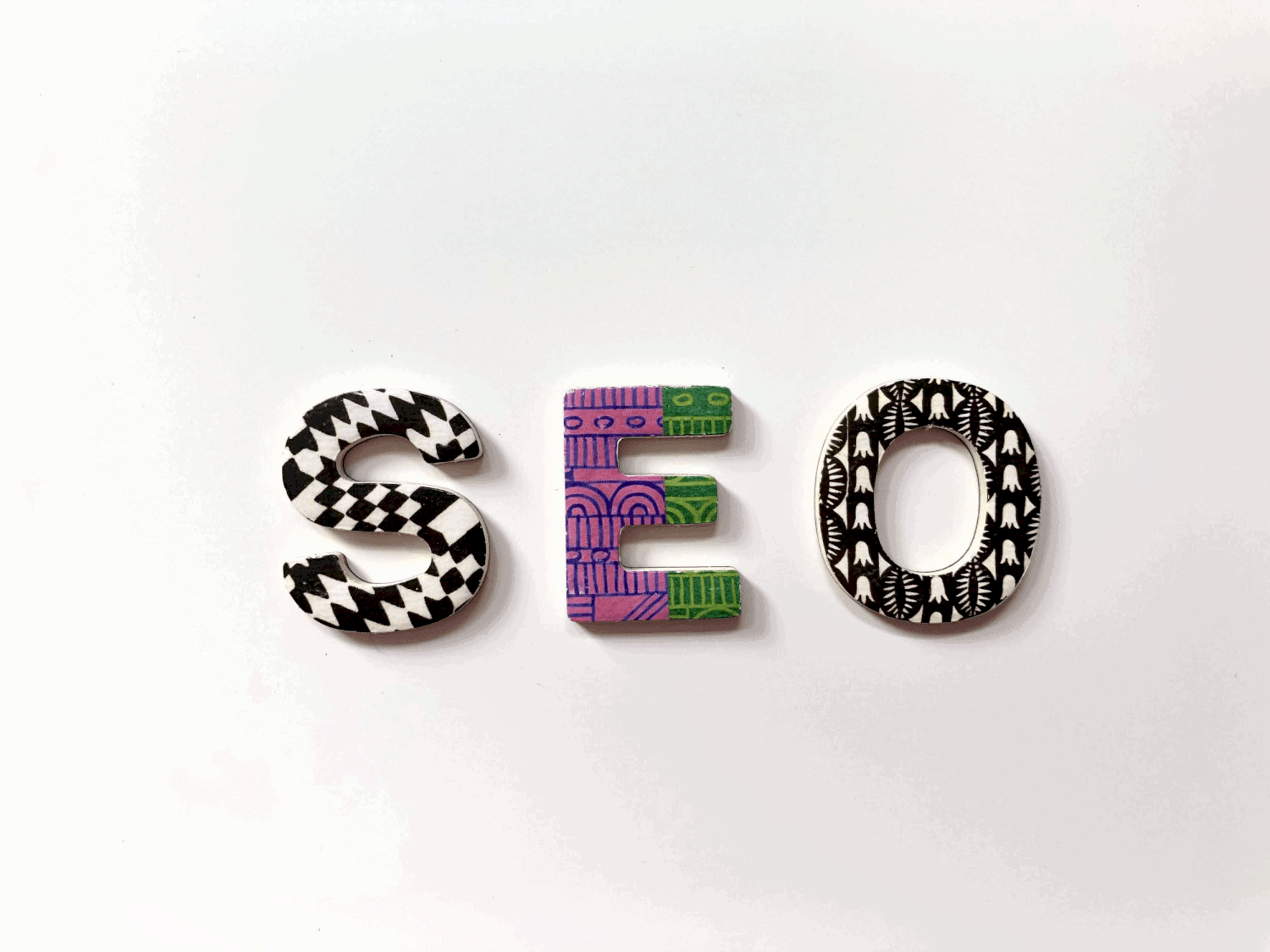For many SaaS brands, running Facebook ads is an essential strategy for growing their user base. After all, with more than two billion users, Facebook is the most popular social media platform today, which means that the business professionals and decision-makers that SaaS brands want to reach might likely be on there, too. And with robust targeting options, Facebook ads are a great way to connect with them via the industry they work in or by their job titles.
However, the cost of Facebook ads has risen 90 percent from just a year ago. And this steep cost increase is driving a lot of SaaS brands to give search engine optimization another try.
In fact, SaaS companies, like Mailshake and CoSchedule, have achieved rapid growth largely due to a focus on content marketing and SEO.
Using SEO is nothing new for many SaaS companies. HubSpot, for instance, skyrocketed thanks to an SEO-focused approach, called inbound marketing.
But what is new is the exploding interest in SEO from established and new SaaS companies alike, and the rise of SEO best practices that are specific to the SaaS sector.
If you’re a SaaS company seeking to implement an effective SEO strategy, we’ve put together a brief mini-guide to help you get your SEO up and running so that you can gain more visibility among your target users.

The Different Types of SEO
When creating your SEO strategy, there are three types of SEO that your SaaS company should take into consideration. They are:
1. On-page SEO
On-page SEO comprises elements on your website’s pages that you can control, such as title tags and meta descriptions. This is the text that shows up in search results. On-page SEO also includes the keywords that you incorporate throughout your content. Our mini-guide will mainly focus on the on-page SEO aspects for your SaaS business.
2. Off-page SEO
Off-page SEO centers around links. When other reputable websites, like digital news publications and leading industry blogs, include a link to your content in their own content, your website gets a little boost. Backlinks play a big part in helping to get your website to the top of search results.
But they can also be tough to earn. It can take a lot of time, dedication, and persistence to reach out to other organizations and influencers to see if they could link back to your content. So, you should consider working with a trusted, reputable PR partner who can support your outreach efforts and help you gain success with your backlinking strategy.
Also, while Google has declared that social shares don’t count as inbound links—and, thus, not a direct ranking signal—, the more people that share your website, the higher the chance of getting these links. In fact, the top-ranking pages on Google usually have a lot of social shares, so getting more of them can significantly help in improving your ranking.
3. Technical SEO
Technical SEO can be the trickiest part of your company’s SEO strategy. With technical SEO, you need to make sure that your website works properly and can be crawled by search engine crawlers. Some elements of technical SEO that your business should keep a close eye on include page speed, site security, any broken links, and responsive website design.

How SEO Works
When you invest in an SEO campaign for your SaaS company, here is how it will work.
1. Determine What Your Most Valuable Keywords Are
Before you begin your SEO campaign, you will first need to pin down your most valuable keywords. These keywords are going to be the ones that your target audience searches for the most, as well as the ones that you want to rank highly for in search results.
It’s essential to remember that some keywords are easier to rank for than others. Long tail keywords, for instance, or keyword phrases, are a lot easier to rank for because they are far more detailed, and also apply to a smaller category of people.
For SaaS companies, some examples of long tail keywords might include:
- SaaS companies in Austin, Texas
- SaaS providers for income tax filing
- B2B SaaS marketing solutions
- SaaS tools for small businesses
- SaaS solutions for the hospitality industry
These keywords fit a much smaller percentage of search engine queries. Therefore, you will have less competition when trying to rank for them.
On the other hand, general keywords, like “companies in Texas” or “B2B SaaS tools,” will be much harder to rank for because your competition is likely trying to rank for them as well.
2. Create Informational, High-Quality, and Compelling Content Around Your Target Keywords
After you have figured out what your most valuable keywords are, it’s time to start creating content. Content is what ranks in search engines, so it’s one of the most important aspects of your SEO campaign.
One of the best ways you can add content to your website is through a blog. Having a blog gives you a platform to share a variety of content that focuses on a business or branding goal.
For example, if you are looking to establish yourself as a trusted expert in your field and get people familiar with your brand, blog posts about industry topics and the latest industry news and developments are ideal for helping to achieve this.
And if you are seeking to really persuade potential customers that your software is the best amongst the rest, then client testimonials or case studies are the way to go.
It’s critical to emphasize that good SEO for SaaS companies is all about producing high-quality content.
Gone are the days of aggressive optimizations, like keyword stuffing, SEO cloaking, and other tactics that used to be able to help brands rank in a matter of months, if not weeks. Both Google and the customers are getting smarter.
Google, with its various algorithm updates and particularly RankBrain (Google’s machine learning software that, for one thing, learns what content is bounced or actually consumed with significant dwell time), can now better recognize content that will (or will not) be valuable for the respective audience.
On the other hand, customers are becoming more and more aware of content that is not professionally created, seems untrustworthy, or sounds like a scam.
Essentially, this means that SaaS brands that have taken the time to get to know their audiences and create exceptional content that meets their wants and needs win, while those that push out low-quality content will be filtered out. So make sure that whatever you’re producing is something that actually helps your audience, or risk the possibility of your brand getting taken over by your competitors.
Also, within your written content, be sure to use multimedia content to break up your text and add a visual aspect to help make it more readable to users. Examples of multimedia content include images, graphics, videos, infographics, or GIFs.

3. Provide a Great User Experience
When Google ranks pages to display in search results, they want to make sure that they are serving the most informational, beneficial, and interesting content available about any given search query. But they also want to make sure that people who visit that page are going to have a great user experience, which has to do with the way users navigate your site to find what they’re looking for, how simple it is for them to use, and how much they enjoy their experience on your website.
This means that it is imperative to make sure that you provide an easy-to-use navigation bar that seamlessly guides users to where they need to go.
This is also important to your bounce rate, which helps Google determine how pages should rank. A bounce rate refers to the percentage of visitors that leave your site after viewing only one page. You want your bounce rate to be as low as possible because it would mean that only a small percentage of your website’s visitors are coming off of your site after only looking at one page. Good navigation can greatly decrease your bounce rate because it can help guide users to where they need to go, instead of jumping to another site out of frustration.
A great user experience can also help to increase the time visitors spend on your pages, which Google considers when ranking as well.
If you use multimedia content, like graphics, images, or videos, that could grab and maintain a user’s attention, this can help to keep them from getting bored with long pieces of written content, which can increase how much time they spend on any given page.

Mapping Your Company’s SEO Strategy to the SaaS Marketing Funnel
Understanding the buyer journey—the steps that a potential user takes from the beginning of their research process through to the point where they decide to sign up for your SaaS product—is essential in creating a successful SEO strategy.
You can’t assume that every person will come to your website at the top of the funnel, and therefore that you can use their email or nurturing to move them through each step. They may come to your site at any stage, from the beginning (awareness) to the middle (consideration) or the end (evaluation and purchase).
This means you need to develop a robust SEO strategy that extends beyond the top of the funnel into the consideration and sign-up or purchase phases.
Here are the three stages of the buying funnel and how you should incorporate each into your SEO approach.
1. Top of the Funnel SEO: Attracting Potential Buyers
Your buyer has a problem but isn’t exactly sure how to solve it. And some part of their professional life could be better if they could just find the right solution.
This is where many SaaS buyer journeys begin. And what do they do when they want to find an answer to a question?
The same thing we all do—Google it.
As an SaaS brand, this is an opportunity for you to attract a potential buyer at the very beginning of their journey.
From an SEO standpoint, you can normally achieve this by creating targeted content for specific queries that your buyer is searching, such as:
- How to easily keep track of business expenses
- Best practices for social media marketing
- Tips for growing a small business
In many cases, these become blog posts that serve as an educational tool for your audience. They explain how the user can solve a problem, then introduce a solution for it.
If you’re marketing a SaaS product, then the solution is, of course, a piece of software that has a feature that meets their needs (and, hopefully, it could be yours!).
At this stage, potential buyers are just beginning their research process. So only a small percentage of the visitors (usually fewer than 1%) will come to your website, read your content, and automatically convert into a customer.
But that’s totally okay! Your goal should be to fill the top of the funnel—create a pool of potential buyers who are entering a sales cycle and likely to make a purchase decision in the near future.
As part of your overall SEO strategy, the focus of your content should be to:
- Attract targeted traffic comprising problem-aware prospects
- Help readers learn about how they can solve their problems
- Educate readers on a particular solution or product category
- Capture these prospects via an email newsletter, unique content offering, or retargeting pixel
And part of your strategy may be to immediately send potential users further into the funnel by getting them to click a link to another page on your site.
This would be the next step in the journey: the middle of the funnel.
2. Middle of the Funnel SEO: Putting Your SaaS Product Into Consideration
During the middle of the funnel stage, the buyer is creating a consideration set—a list of products or services that may help them solve their initial pain point.
They are researching product categories, features, requirements, implementation, and integration information. But they’re now also armed with more precise language about the types of solution they’re looking for, based on the research they did to find answers to their problem. So, for instance, they could be searching for:
- “How to choose the right restaurant guest CRM”
- “Sales journey management tools”
- “Most secure file sharing services”
So your goal during the middle of the funnel stage should be to:
- Attract solution-aware traffic
- Introduce your product to the consideration set
- Educate the buyer on general feature differentiations, integrations, and workflow considerations of your product
For SaaS companies, content and pages that attract middle of the funnel searches generally fall into:
- Product category — Basic searches, like “help desk software”
- Product category comparison — Comparing multiple possible solutions, like “help desk software vs. knowledge base software”
- Solution/industry — Specific searches identifying the buyer’s persona or industry, like “B2C help desk software”
- Features — Specific features that users are searching for, like “help desk software with chat bots”
- Integrations — How the software integrates with other solutions, like “help desk software with Google Drive integration”
- Implementations — Particular use cases, like “how to route support tickets to Trello”
Keep in mind that prospective buyers can come to your website at any point in their journey. Even though a prospect has already identified a potential solution and is actively researching products or services, they might be landing on your website for the first time. So when you create content that’s optimized for middle of the funnel keywords, you should assume that a reader may not have any familiarity at all with your specific company or offering.
And remember that the lower in the funnel a potential user is when they land on your website, the more likely they are to convert into an actual buyer. So these keywords could become both less popular, from a search volume standpoint, than top of the funnel searches and also more competitive from an SEO stance.
This now leads us to the bottom of the funnel: the final step.
3. Bottom of the Funnel SEO: Differentiating Your Product from that of Your Competitors
At the bottom of the funnel, the buyer is now fully product-aware, which means that they understand the problem they’re facing, the solution they will use to solve it, and likely some of the specific products that meet their needs. And before they decide on a solution, buyers will compare multiple products or services to see how they stack up against each other.
This means that, if your SaaS is in their consideration set, buyers will likely be searching for information on how your offering compares to that of your competitors.
During this stage, your goals should be to:
- Attract product-aware traffic
- Insert your SaaS product into the consideration set
- Highlight your product’s key features and any considerations that make it a better fit for your customer’s problem than your competitors
- Differentiate your product from alternative solutions
These keywords generally fall into a few high-level buckets:
- Comparisons (X vs Y)
- Alternatives/competitors (Y Alternatives)
In order to build out a targeted SEO strategy that positions you for the searches your prospects are doing at this stage in the buying process, you’ll need to do some keyword research and competitive analysis.

SEO and content marketing are the foundation for a sustainable, predictable, and scalable growth strategy for any SaaS company.
In fact, some of the most successful SaaS companies in the world have invested heavily in content-driven growth. Buffer, InVision, Asana, ZenDesk, Salesforce, Intercom, and Drift are all in on content marketing and SEO.
That’s not to say that they invested only in these methods. Most of these companies have a varied growth strategy, but content and SEO are the engines that drive it forward.
In order to achieve true success with your SaaS company’s SEO strategy, it’s imperative to understand the different types of SEO, how they work, and how to map out an effective marketing funnel.
And if you need guidance for building out your SEO strategy, the team at Zen Media is here to help! Our talented team comprises seasoned SEO experts who have helped numerous brands gain the visibility they needed to convert potential buyers into paying customers.
Contact us to set up an SEO consultation!






